
There simply is no concrete characterization of what makes a great gender specific bike frame – at least this is what I’ve gather based on research both online and through speaking with industry experts. What I’ve discovered is just as each bike manufacture has there own specifications for designing a bike frame in general, the same seems to apply to designing a bike frame for the ladies…outside of a the frame general aesthetic of course.
I can’t deny the fundamental differences between male and female geometry. It is not uncommon to find that Men tend to have shorter inseam lengths, longer torsos, longer arms, and larger hands. Women tend to be the complete opposite. These unique differences require different approaches when it comes to fitting a rider on their bike.
But does this mean a different frame is needed? In a perfect world, that would be nice. As having frame geometry available to specifically support the needs of female riders can really make a difference to achieving optimal fit. What would that entail? Ideally a larger head tube and shorter top tube. This is to accommodate a larger inseam, which will increase the saddle height, and the drop to the handlebars. The larger head tube helps to support the reach and minimize the handlebar drop for those with a shorter torso and shorter arms.
The question now, is if this is so beneficial to have, why are there little to no options out there that are truly female specific from a geometric perspective? It is probably unfortunate to say that the market for female cyclists is very small in comparison to male riders. Perhaps the size of the market isn’t justified for bike brands to develop a frame mould to provide this option for female riders? Perhaps it is not really required to go to the extent of a female focused geometry, and many of the positives it provides can be obtained, through implementing parts to better accommodate each rider. For example a 0mm offset post, shorter stem, narrower handlebar, etc.. Either way the debate can be interesting.
Frame
Starting off with a geometry that supports your body proportions. If you have long legs, but shorter upper extremities, it would be advisable to start off with a frame that has a generous stack, and a short reach. (Tall head tube, and short top tube)
Stem
Drawing on personal experience, as a female rider this news left me asking “what’s the point, then?” when choosing my road bike in comparison to my male counterparts. Spoiler alert, in the end I opted for a unisex Aquila size small frame, which was determined with a proper fit (so important!) using the length of my inseam to find the right seat tube length. Once I had a proper fit I was then able to really drill down on personalizing my bike through components.
Here are a couple of areas of my bike that have gender specific focus:
Saddle
Although a female specific frame is questionable, a female specific saddle is not. It is the main part that really distinguishes the female specific bikes on the market. Female saddles are wider and offer more support for the pelvis and sit bones, where as a men’s saddle is more narrow and long. This is key to a sound fit and comfortable bike.
Handlebars
The width of handlebars on a bike should reflection of the width of the rider’s shoulder. Being that females typically have a narrower shoulder width, a female’s handlebars should be on narrow side, approximately 36cm-40cm wide. It is also helpful to acknowledge that many female riders have smaller hands. Obtaining a handlebar with a shorter reach and a shallower drop can be very purposeful.
Seat post
If the frame or bike you choose can accept a 0mm offset post this is another part that can help turn a more dual gender or Men’s specific frame into a more supportive platform for female riders.
To support a rider with shorter upper body measurements, apply a shorter stem in the range of 60mm-100mm is common for most female riders. Which one you require will have to be determined by a reputable fitter, and this can be chosen during the fitting process.
All in all, my recommendation is to forgo the gender specific frame and look into getting a proper fit to determine the right tweaks for your components. This will ensure your bike is tailored to your specific geometry, not just your gender.
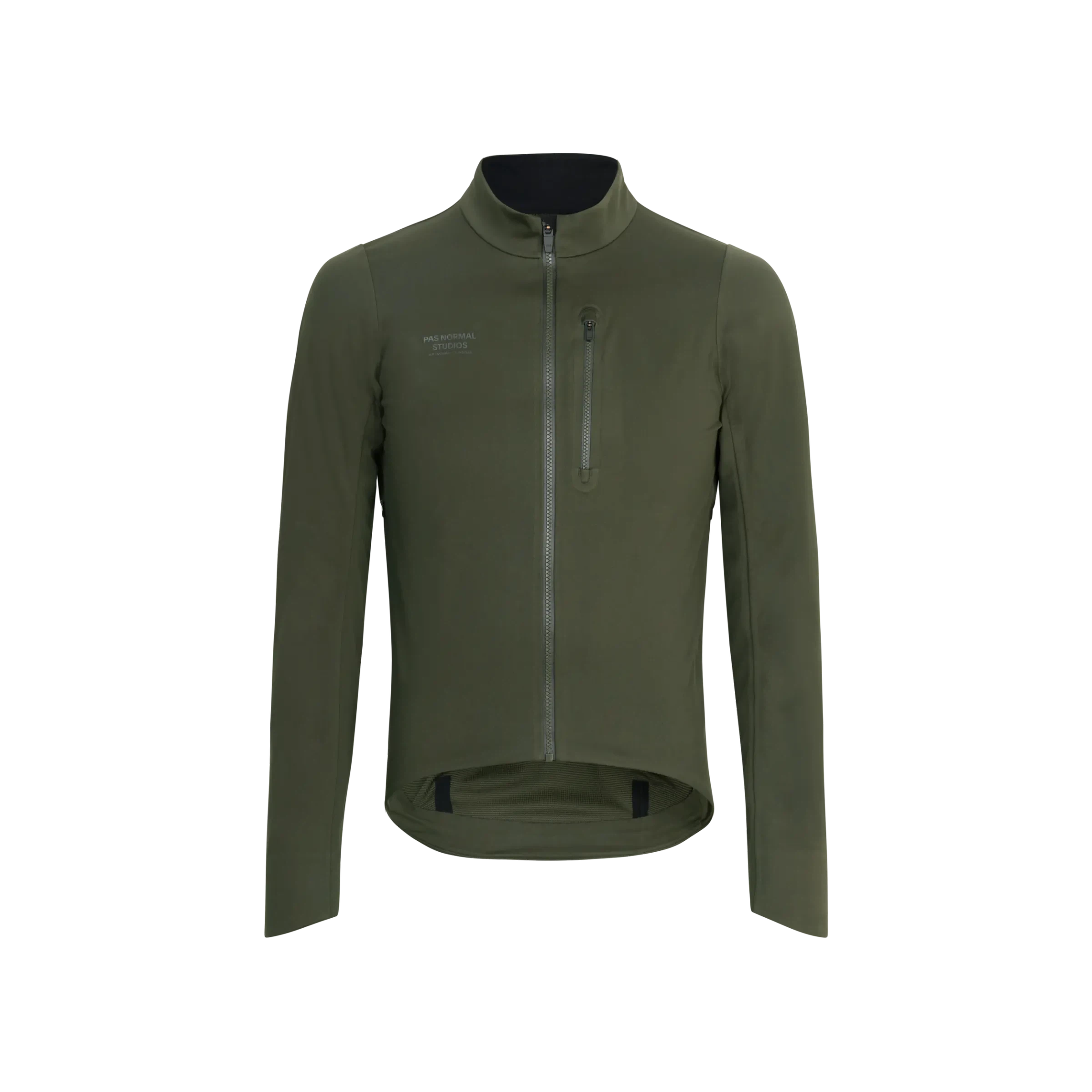
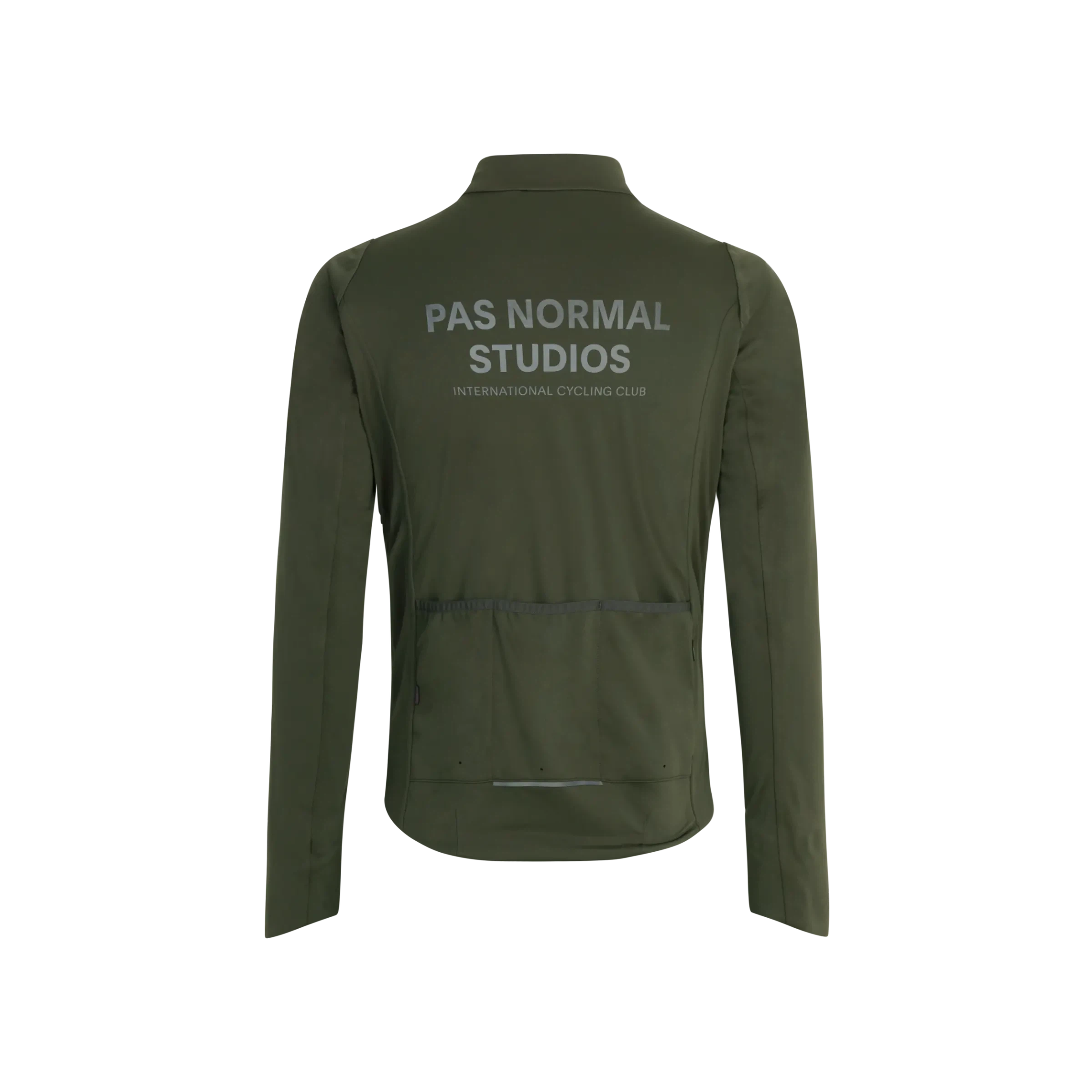
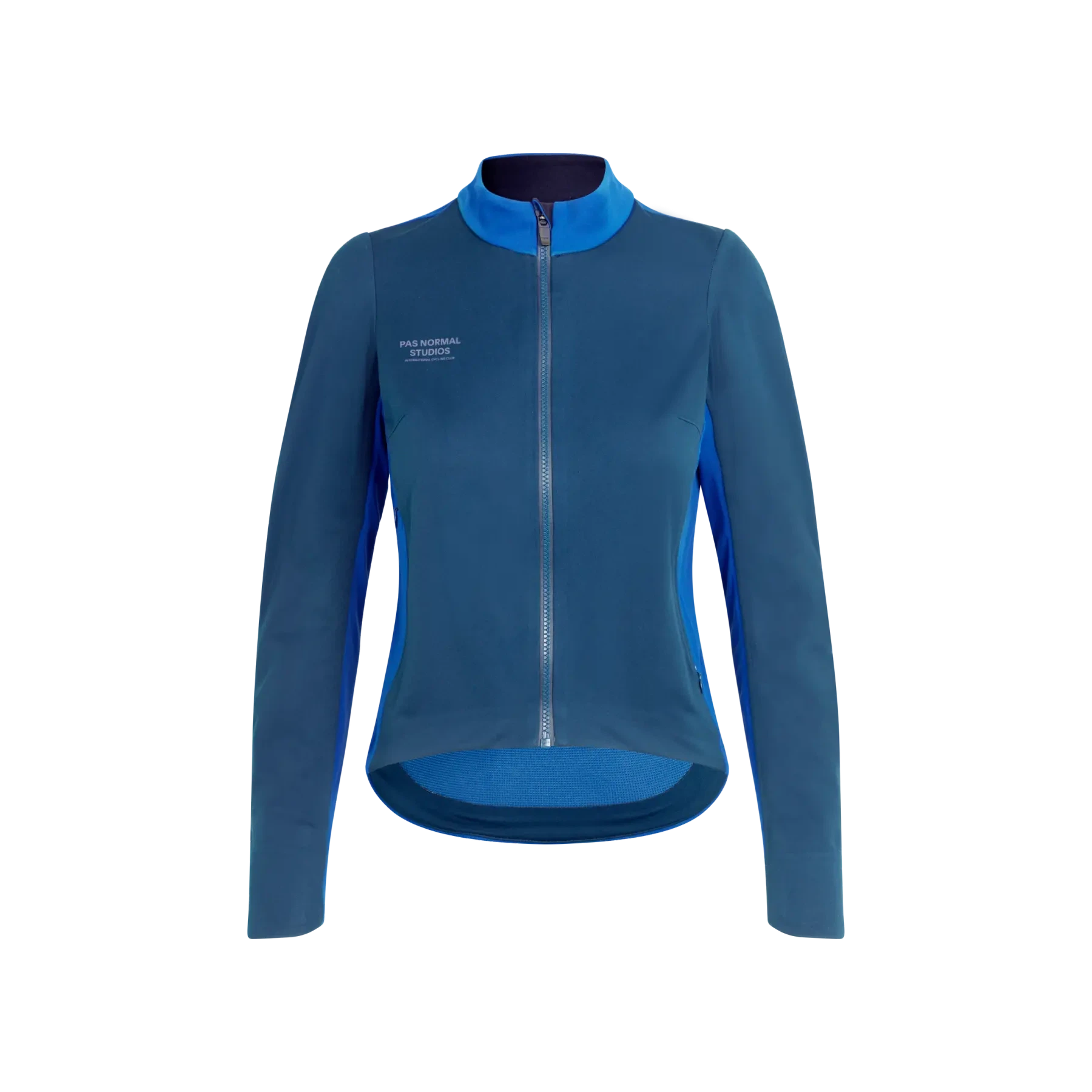
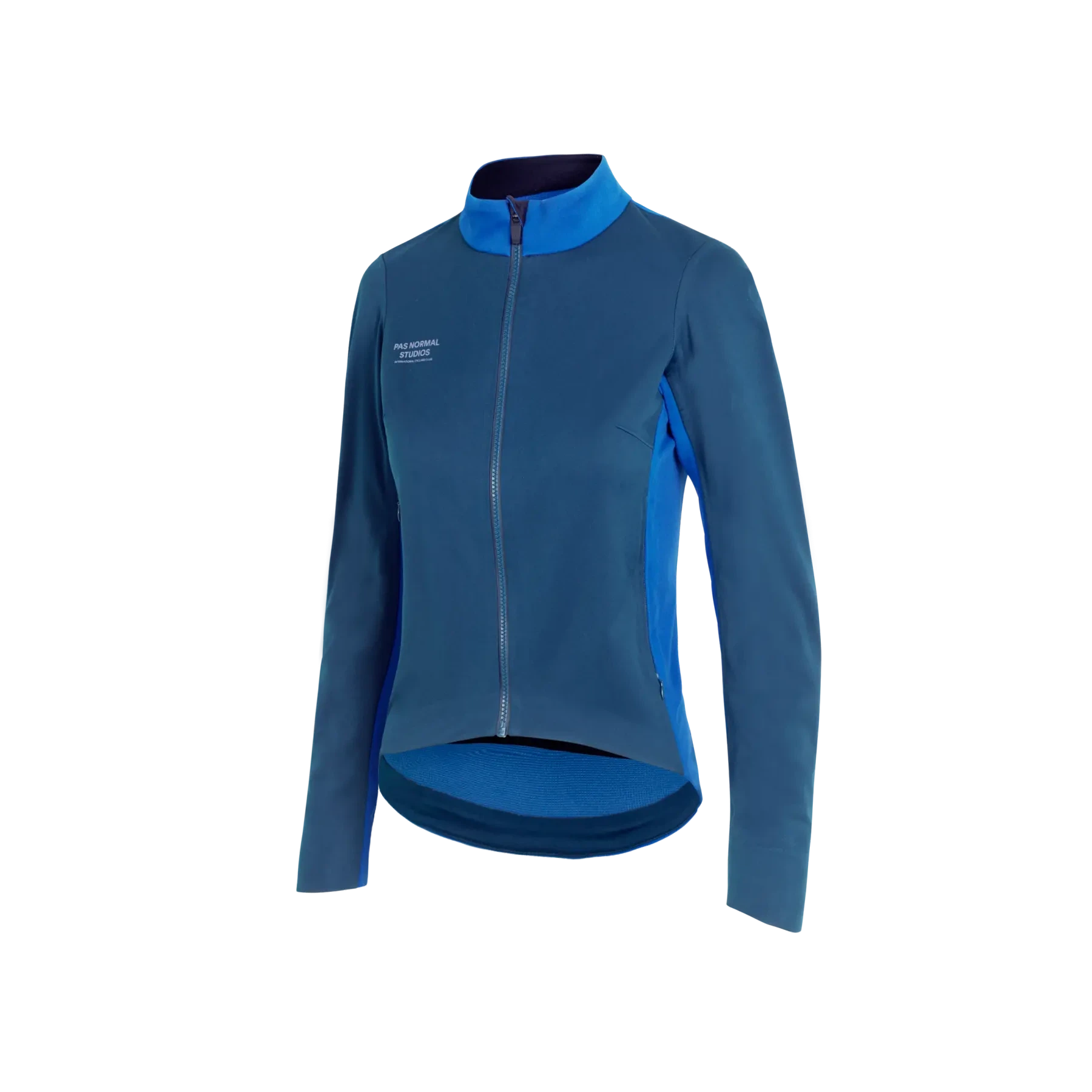
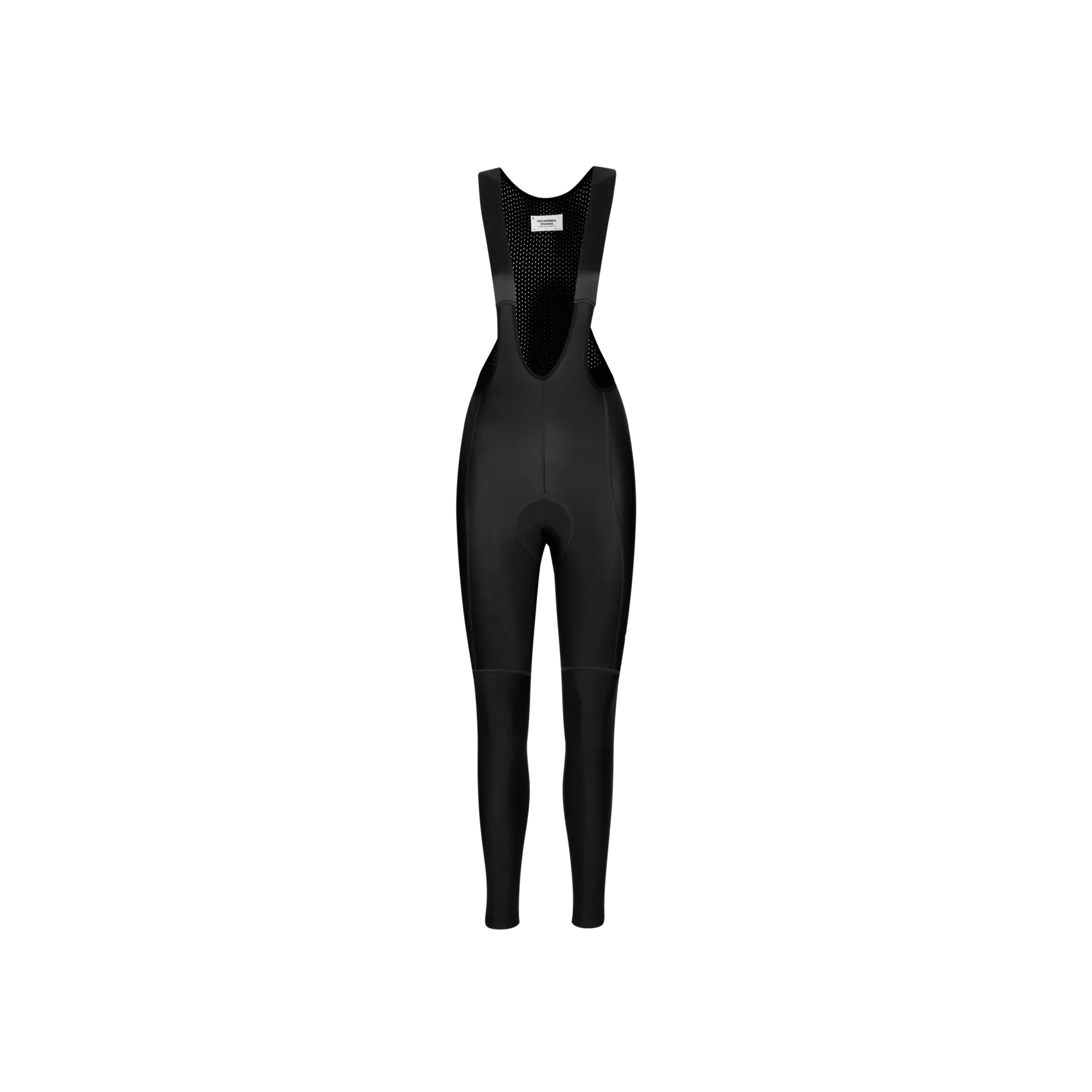
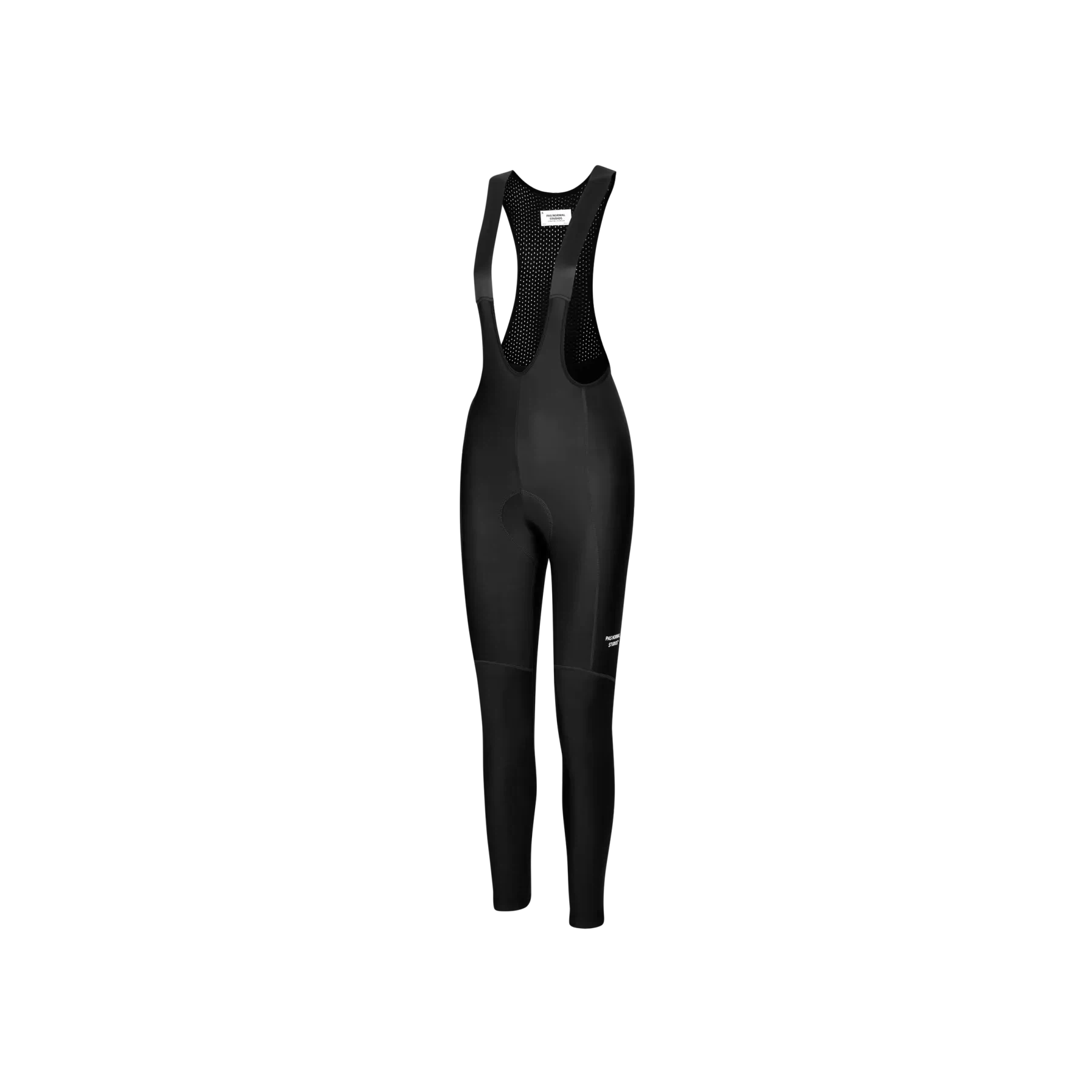
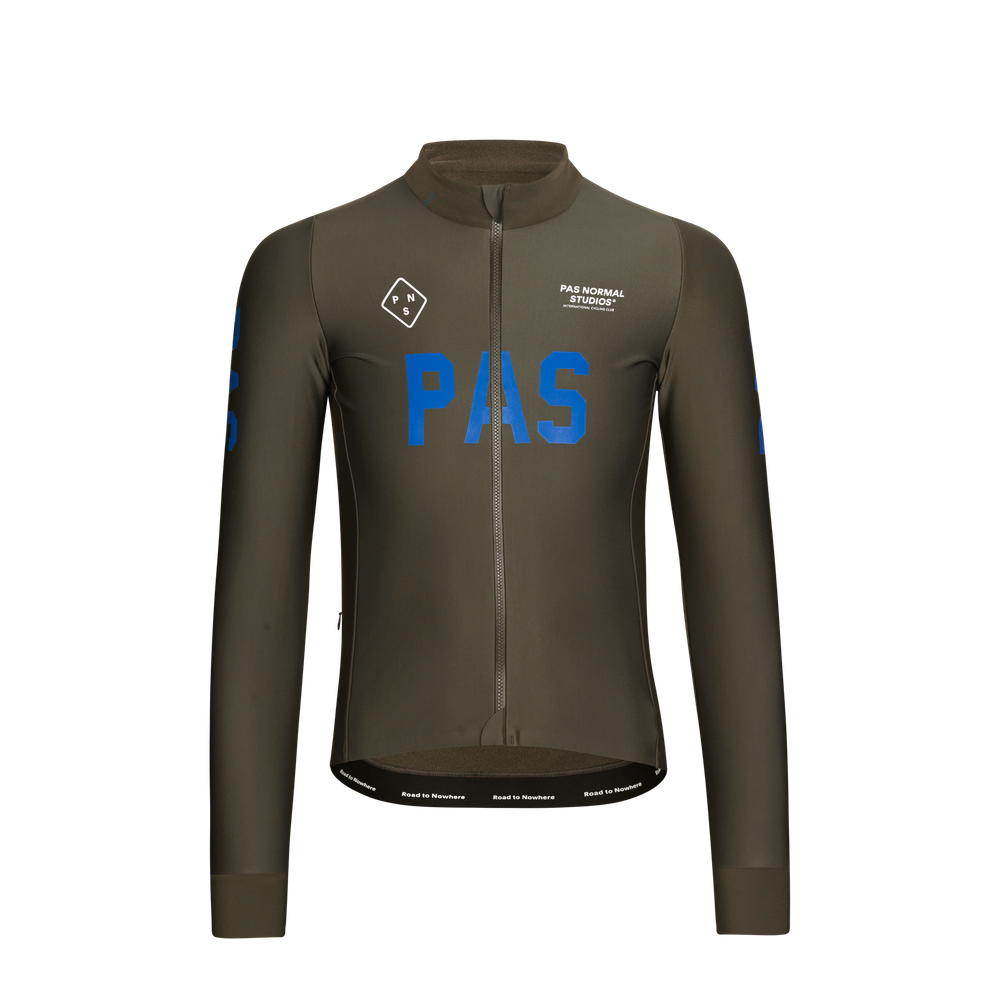
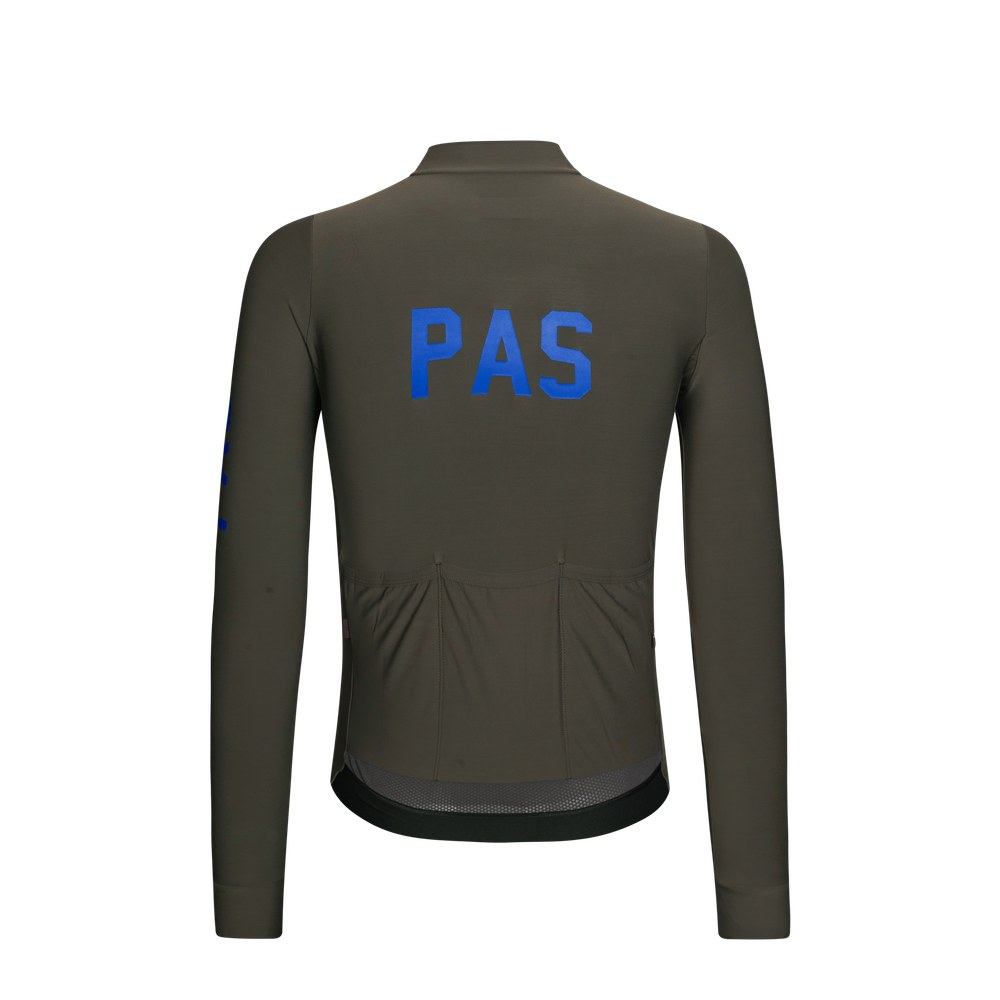

Leave a comment